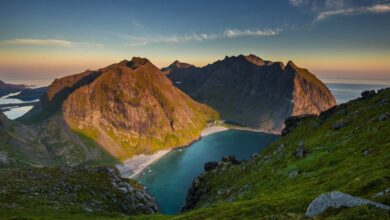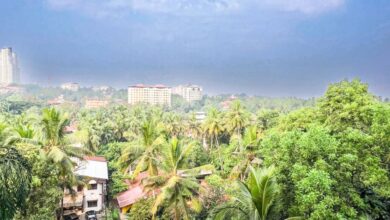What Are the Best Indigenous Experiences for Photography
Photography is an art form that captures the essence of life and culture. For those seeking to expand their portfolios or simply appreciate the beauty of diverse cultures, Indigenous experiences offer a unique lens through which to explore and document the world. From vibrant ceremonies to breathtaking landscapes, the following experiences provide photographers with stunning opportunities to create unforgettable images while respecting the profound heritage of Indigenous peoples.
Cultural Festivals
One of the most vibrant ways to capture Indigenous culture is through cultural festivals. These events are often filled with traditional music, dance, and art, providing a rich tapestry for photographers. Festivals like the Gathering of Nations in the United States or the Canadian Indigenous Festival showcase colorful regalia, intricate beadwork, and powerful performances that tell stories of resilience and identity. Attending these festivals allows photographers to immerse themselves in the culture, but it also requires sensitivity. Understanding the significance of the ceremonies and obtaining permission can enhance the experience and lead to more authentic photographs.
Wildlife and Nature Photography
Indigenous peoples have a deep connection to the land, and their traditional territories often boast breathtaking landscapes. Capturing these natural wonders alongside Indigenous cultural elements can create compelling imagery. Consider visiting areas like the Amazon Rainforest with Indigenous guides who can share their knowledge of the environment and its significance. This not only enriches your photography but also supports Indigenous communities that rely on eco-tourism. Additionally, locations such as the Arctic, where Inuit culture thrives, provide stunning visuals of unique wildlife and dramatic landscapes, making them ideal for nature photography.
Artisan Workshops
Participating in artisan workshops can yield incredible opportunities for photography while supporting Indigenous artists. Workshops in pottery, weaving, or carving allow photographers to document the intricate processes involved in creating traditional crafts. Capturing artisans at work can showcase their skills and the cultural stories behind their creations. These experiences foster a connection between the photographer and the artist, often leading to deeper conversations about heritage and tradition. By obtaining permission and discussing how your work will be used, you can create powerful images that honor the subjects’ artistry and culture.
Community Visits
Visiting Indigenous communities can offer profound insights and opportunities for photography. Engaging with local people in their everyday lives allows photographers to capture genuine moments that reflect their culture and traditions. These visits often involve storytelling, sharing meals, and participating in community activities, all while adhering to respectful guidelines. It’s essential to approach these experiences with an open heart and mind, understanding that trust is key. Building relationships can lead to more intimate and respectful photographs, showcasing the beauty of daily life within Indigenous cultures.
Historical Sites
Indigenous historical sites are rich in stories and visual appeal. Photographers can explore places like Chichen Itza in Mexico or the ancient cliff dwellings of the Pueblo peoples in the Southwestern United States. These sites offer a glimpse into the architectural brilliance and cultural significance of Indigenous civilizations. Capturing these landscapes during different times of the day can produce captivating images filled with light and shadow, accentuating the beauty of the structures. However, it’s crucial to approach these sites with reverence, recognizing their spiritual and historical importance.
Cultural Exchanges
Participating in cultural exchanges can be an enriching experience for photographers. Programs that facilitate interactions between Indigenous communities and visitors often provide opportunities for learning and collaboration. By engaging in cultural practices, such as traditional cooking or storytelling, photographers can capture moments that highlight the beauty of shared experiences. These exchanges foster a deeper understanding of Indigenous perspectives and can enhance the authenticity of your photography.
Respectful Representation
In every Indigenous experience, the ethical representation of culture is paramount. Photographers must prioritize respect, understanding, and consent. Engaging with communities, seeking guidance, and being open to learning can lead to more meaningful interactions and photographs. Authenticity in representation is not just about capturing an image; it is about telling a story that honors the people and their heritage.
Embracing the Journey
Indigenous experiences offer photographers a unique opportunity to explore and document rich cultural narratives. Whether through festivals, workshops, or community visits, each experience contributes to a deeper understanding of Indigenous life. By approaching these journeys with sensitivity and respect, photographers can create powerful images that celebrate the enduring spirit and resilience of Indigenous cultures. This approach not only enhances the artistry of photography but also contributes to a greater appreciation of the diverse tapestry of human experience.







